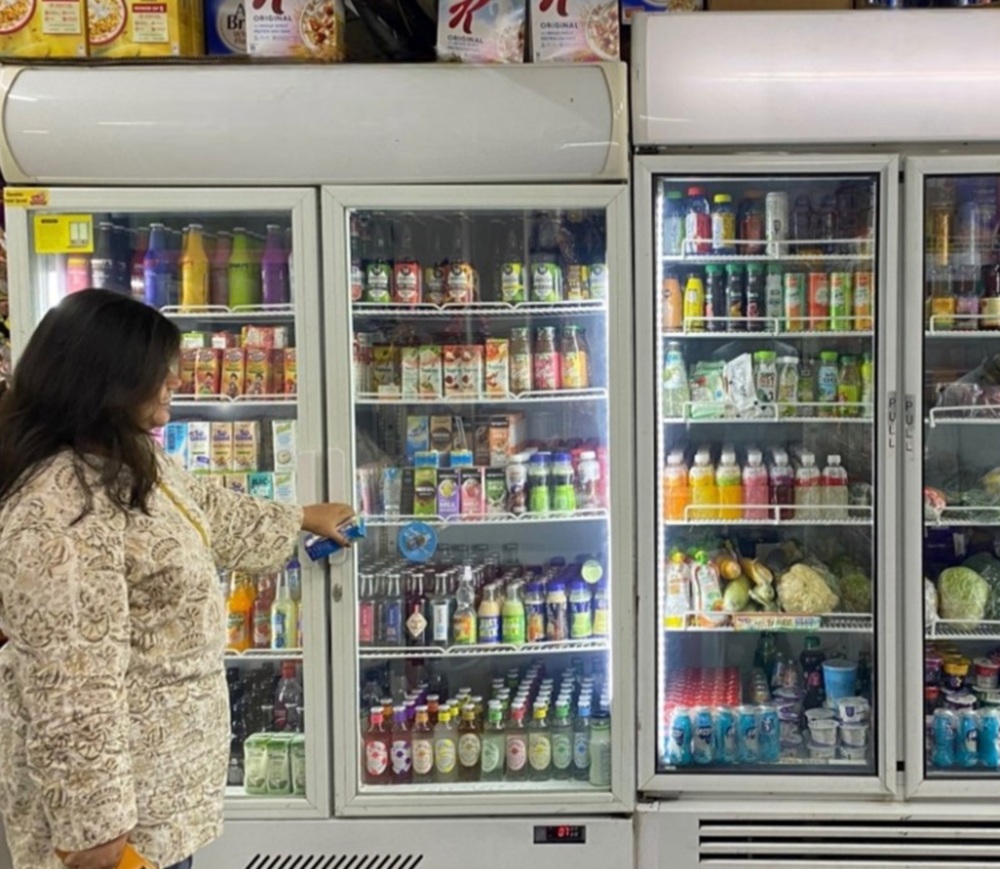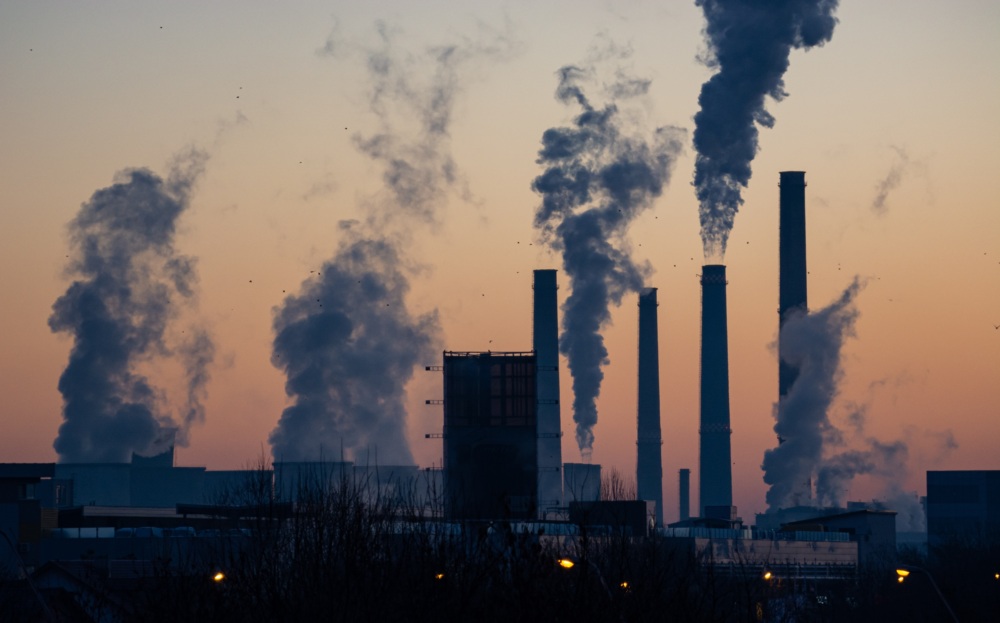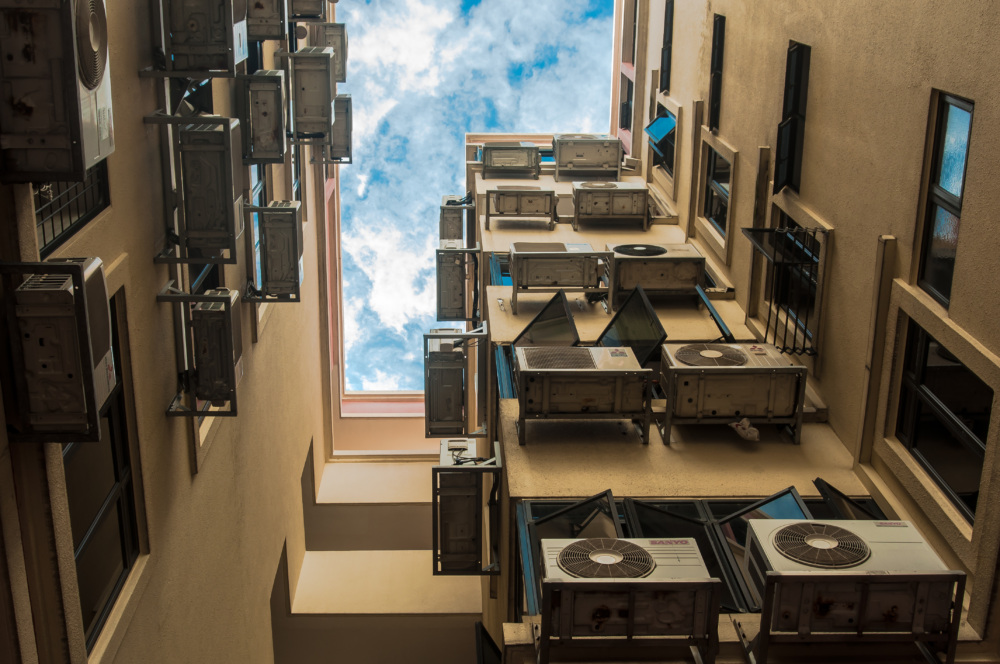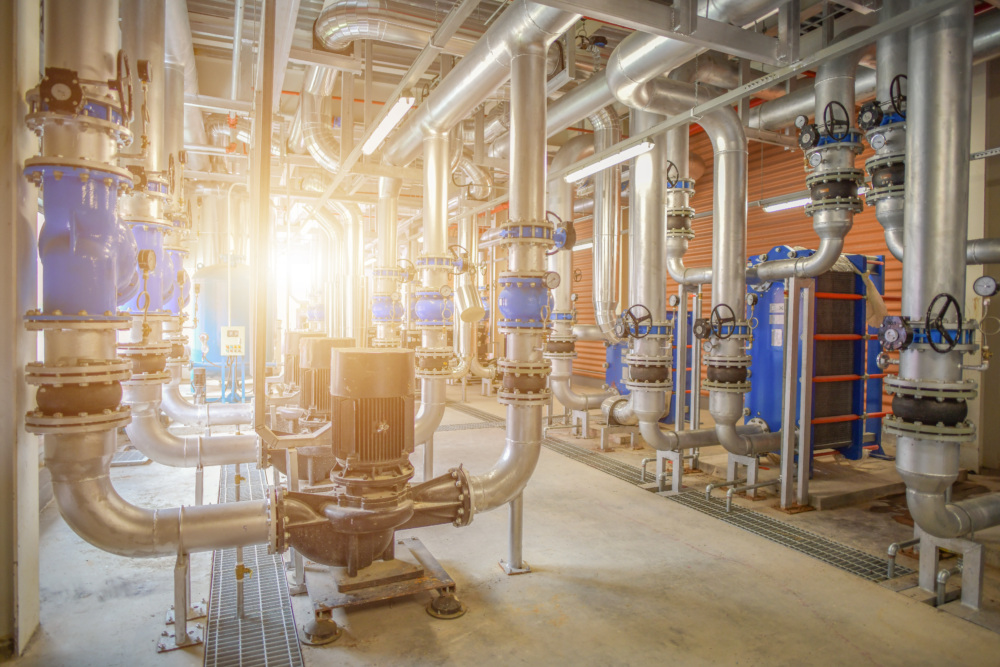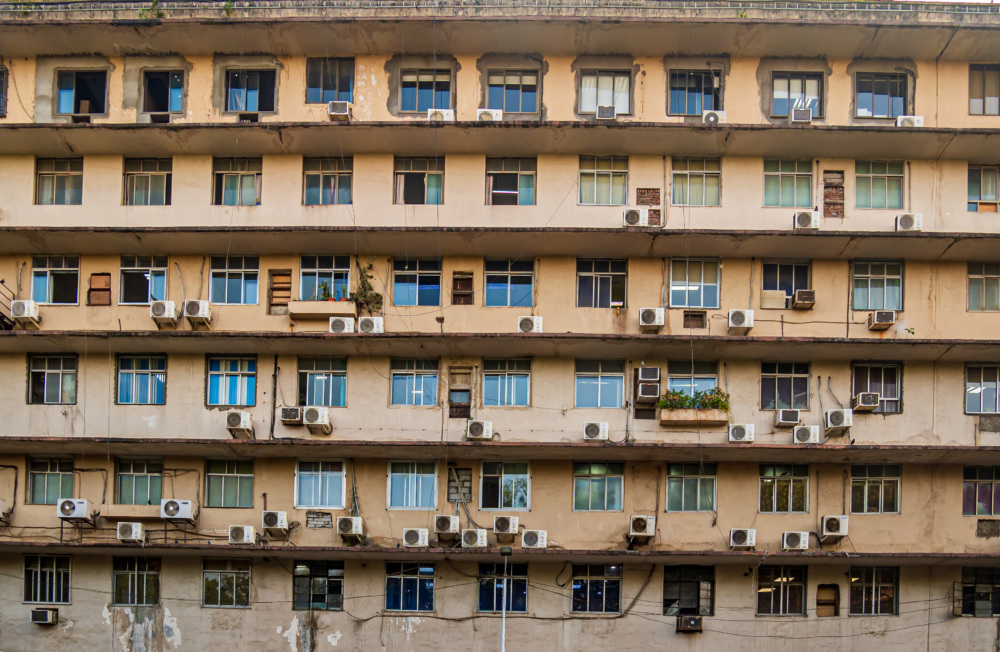Staying cool: The development of India’s pioneering energy efficiency policy for chillers
Summary
India recently announced new energy efficiency policies for chillers, projected to avoid 28 TWh of electricity consumption and 23 million tons of CO₂ emissions cumulatively through 2030. This article presents a case study of the unique challenges and solutions required to design a new energy efficiency policy for chillers in India.
Chillers are the key energy‐consuming piece of equipment in most large space cooling systems. They can account for more than 40% of total energy consumption in any typical commercial building and in specific industrial building installations depending on the product and process.
With climate change driving rapidly rising demand for commercial and industrial cooling, especially in emerging economies, energy efficiency policies for chillers are crucial to moderate future electricity demand and thereby minimize greenhouse gas emissions. However, most developing and emerging economies lack energy efficiency policies for this significant and growing cooling equipment sector.
India recently announced new energy efficiency policies for chillers, projected to avoid 28 TWh of electricity consumption and 23 million tons of CO2 emissions cumulatively through 2030. This article presents a case study of the unique challenges and solutions required to design a new energy efficiency policy for chillers in India.
First, the energy consumed in chiller systems is sensitive to building occupancy, load changes, seasonal variations, operation and maintenance, and climatic conditions. In order to address these sensitivities, the chiller testing standard in India factors local weather and temperature conditions into energy performance ratings to account for these sensitivities. Further, every large chiller is a customized product, therefore developing a viable policy and implementation process required collaboration with international and national experts in standardization, manufacturers, building consultants, and testing laboratories.
Click here for access to the publication online at WIREs Energy and Environment (opens in new tab)
Click here for a discussion of the work in Advanced Science News (opens in new tab)

